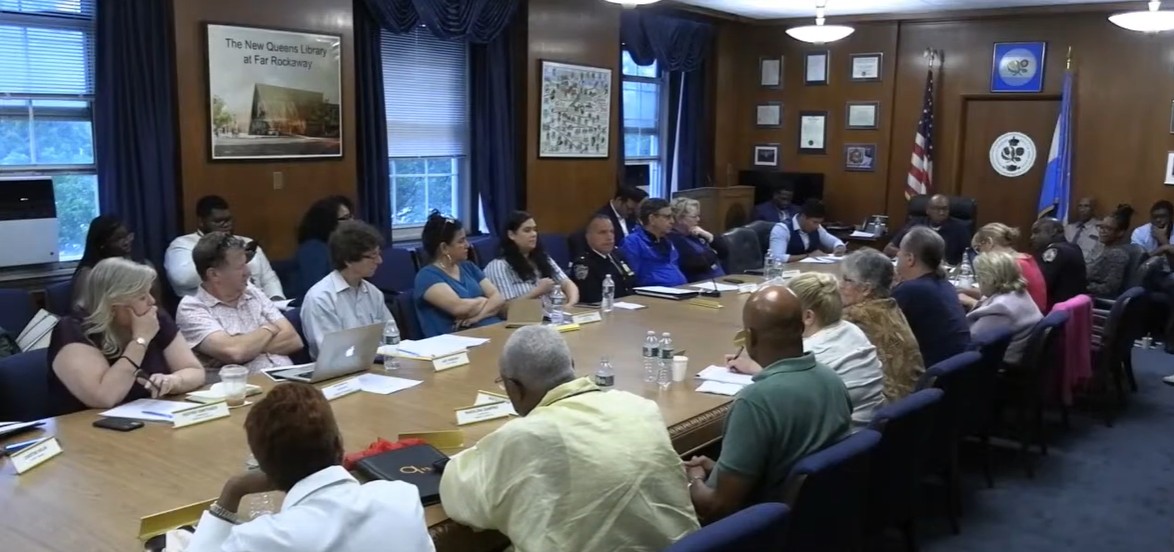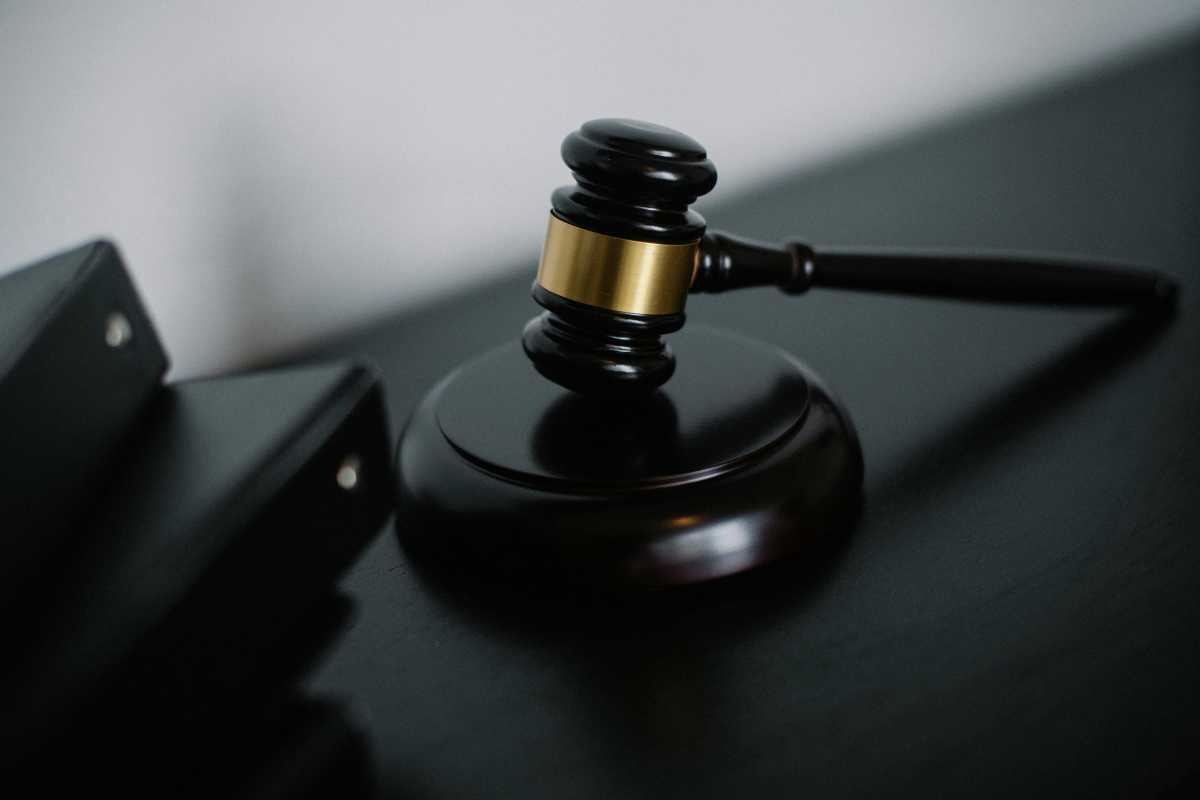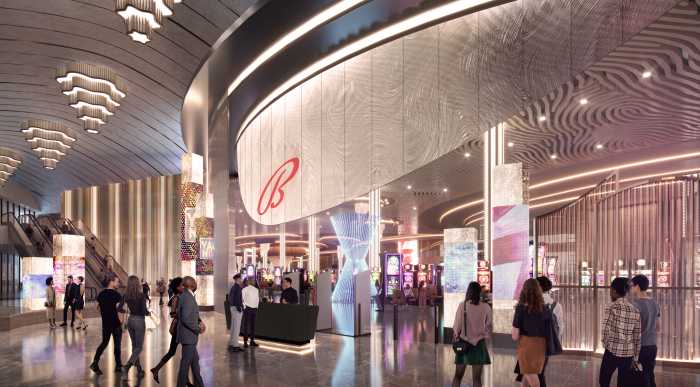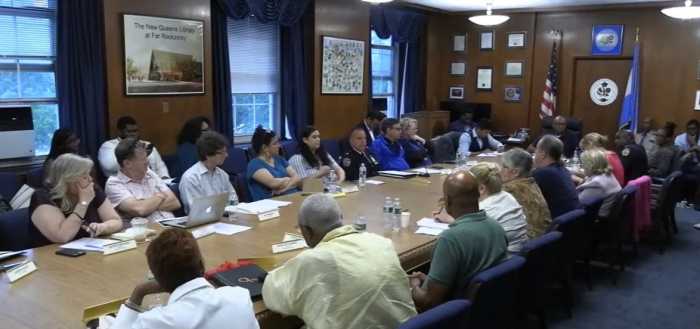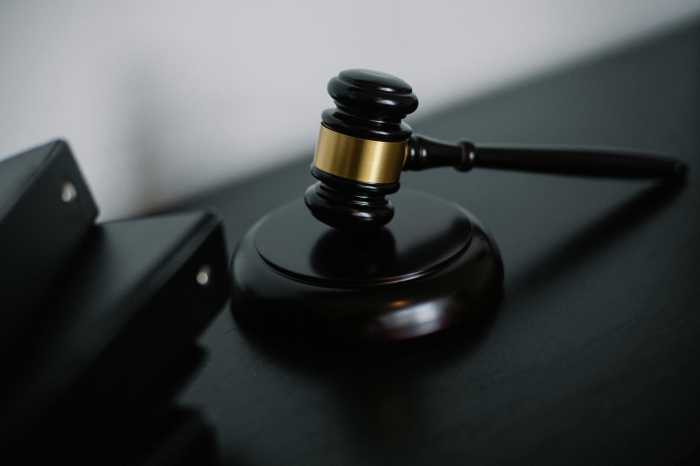
Finally, a deal.
After months of rhetoric and finger-pointing, MTA, city and state officials came together and found a way to fund the $26.1 billion MTA capital plan.
After grumbling over the many weekend service change notices to come, subway riders will benefit tremendously.
The funding is critical to keeping the subways in good repair, replacing trains and maintaining tracks, adding countdown clocks and a modern payment system, and moving forward with projects like the Second Avenue Subway. And there’ll be signal system improvements that can safely allow more trains to run during peak hours.
Now, officials have to do the work they’ve planned, spend the money wisely and do it on time. Repair work is key, but it’s the signal system upgrades and expansion efforts that will allow the subway system to handle its growing ridership, approaching 6 million rides daily.
Despite their initial hesitancy, NYC officials did their part, putting in $1.9 billion from the city budget, as well as $600 million from other sources, including taxes and fees from development near transit hubs. That’s a dramatic increase from the $657 million the city offered as of last May. The new commitment, however delayed, is laudable and crucial. After all, 80% of the MTA system is city infrastructure; 90% of riders use those city systems.
NYC officials point to what they got: a promise that MTA funds will stay in the MTA pot, and a plan to give the city a larger voice in the planning and scheduling of city projects. Neither is truly a new concept; a 2011 state law says the state can’t use MTA money for other purposes, and city representatives on the MTA board have always had a say. But a greater public commitment on both issues can’t hurt, especially if it helped seal the deal.
Concerns remain, especially about what happens to the commitments if the economy shifts. But the upside is real. Just think, the Second Avenue Subway’s first phase is supposed to open at the end of next year. Perhaps commuters on the East Side someday might stand on a platform without feeling like sardines or even get on the first train they see. Just imagine the possibilities!


















